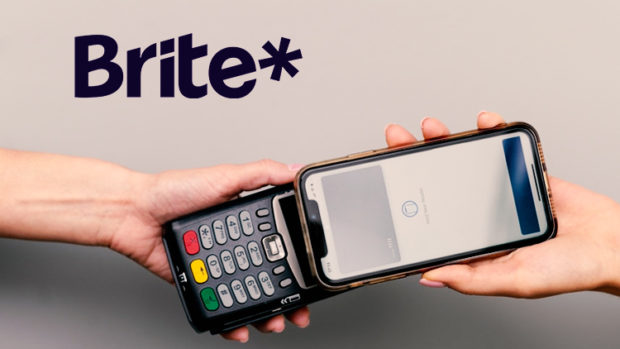
Worldline has published the results of its survey highlighting changing online shopping behaviour. The findings show that while consumers are generally cutting back their online spending and adopting cost-saving measures, they are still shopping online and are keen to embrace new technologies that enhance their shopping experience.
The findings show that online shoppers are in favour of personalisation and are increasingly turning to subscription services for convenience, value, and personalised product recommendations. With cross-border online sales on the rise, flexible payment options have become imperative.
The research which questioned 6000 respondents, across six European countries, acknowledged that the rising cost of living was their most pressing concern. The results also show that while 77 per cent of consumers shop online more than once a month, 56 per cent of them are buying less than usual. The findings come against a backdrop of a challenging year for eCommerce, marked by uncertainty, economic headwinds and shifting business conditions.
Unsurprisingly, it found that consumers are more price sensitive than ever before. Not only are they buying less, they are also looking for ways to reduce their shopping bills. 43 per cent are taking more advantage of discounts and coupons than previously, while their desire for rewards and other shopping incentives has increased.
The hunt for less expensive products is also driving cross-border commerce. The survey found that consumers are now buying cross-border regularly, mostly driven by less expensive prices and their search for better value. Around half of consumers shop outside of their domestic markets regularly, and younger consumers are most likely to shop beyond borders. 71 per cent of Millennials do so up to several times a year, followed by 60 per cent of Gen Z shoppers.
As consumers’ habits evolve so do their payment methods. The boom in cross-border commerce means customers seek international payment methods.The survey confirmed what we knew already: that habit and convenience drive payment usage, bank cards continue to be the preferred payment method, with 58 per cent of respondents stating that they pay by bank card when shopping online, but digital wallets are challenging cards’ supremacy. Newer alternative payment methods (APMs) are also gaining more followers. In the Netherlands, for example, Buy Now Pay Later is the second preferred method for 43 per cent of consumers.
Across generations security, trust and convenience are key reasons for consumers choosing to use mobile wallets. The preference for mobile payments is strongest amongst Millennials (64 per cent) and Gen Z (58 per cent) who have been brought up with such payments.
While value was a key driver for attracting new customers across all markets and generations, personalisation comes a close second. The preference for personalised products based on browsing history or previous purchases is strongest for consumers in the Netherlands, Portugal and Spain. Personalised coupons and discounts further increase consumers’ willingness to buy products, and personalisation in general helps build loyalty.
The survey found that between 30 and 40 per cent of consumers expect their favourite brands to offer augmented reality (AR) and virtual shopping assistants in the future. Social commerce is also popular and is emerging as a growing channel. Only 24 per cent of UK consumers expect retailers to be offering social commerce, compared to 35 per cent of consumers in the Netherlands.
Meanwhile, metaverse shopping is not as highly anticipated as everyone would have thought. In our survey, we see that around a quarter of consumers in most markets want to shop in the metaverse.
Similarly, there are varying expectations around live shopping and voice shopping. Around a third of consumers in almost all markets expect their favourite brands to be offering live shopping in the future. A similar pattern emerges around voice shopping. Although 30 per cent of consumers in France and the Netherlands are expecting voice shopping; in the UK, only 18 per cent are expecting it.
Björn Hoffmeyer, head of regional businesses, at Worldline, said: “These findings confirm the changes in consumer preferences we have been seeing for the past couple of years and further emphasise the importance of personalising the online shopping experience. Consumers have more choice and are savvier than ever thanks to their exposure to technology. Retailers need to know what their potential customers are looking for, and this survey aims to start that conversation with actionable insights.”








Share